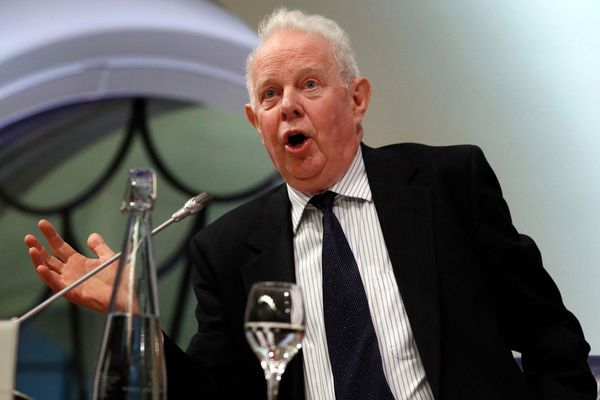
Most Australians cannot identify symptoms of a condition killing more than 8000 people each year.
So a new campaign is calling on people to learn the signs and when illness appears, ask: "Could it be sepsis?"
The life-threatening disease is caused by the body's immune system going into overdrive to fight a bacterial infection, damaging organs and tissue.
At least 55,000 people develop sepsis each year with more than 8000 dying of sepsis-related complications.
About seven in 10 Australians cannot identify sepsis, according to support and awareness organisation Sepsis Australia.
There is no single test for sepsis.
As well as many causes, it has many possible signs and symptoms.
They include getting very sick very quickly, difficulty breathing, confusion, a rash or blue, grey, pale or blotchy skin that does not fade when a glass is rolled over it.
Symptoms can begin as fever or shivering, tiredness, vomiting, headache, pain around a wound and a rapid pulse.
Pediatric specialist Matthew O'Meara said a person with sepsis often reports feeling the sickest they have ever felt.
"We want people to pay close attention to the symptoms, and seek urgent medical care if symptoms get worse," he said.
"You may only have some of the symptoms of sepsis, and features can initially be subtle."
Even when healthcare workers diagnose a different condition or a patient has been sent home, parents and caregivers are urged to watch for the signs of sepsis and ask doctors and nurses if the illness is sepsis.
In young children, symptoms that may indicate severe illness include being quietness, irritability, high-pitched crying, fewer wet nappies, cold or mottled limbs and breathing difficulties.
"We urge people to trust their instincts, especially parents who are the experts in their child's behaviour," Dr O'Meara said.
With awareness in multicultural communities a particular concern, a new three-month campaign across NSW will see ads in Aboriginal, Arabic, Chinese and Vietnamese press, some radio spots and other material.
"It's important people aren't afraid and are empowered, to ask, 'Could it be sepsis?' because early treatment can be lifesaving," NSW Health Minister Ryan Park said.
It follows several high-profile deaths in recent years including the death of seven-year-old Aishwarya Chavittupara in a busy Perth emergency ward in 2021.
Her death sparked major outrage and thrust the management of the state hospital system into the spotlight.
Broken Hill teenager Alex Braes died waiting for a transfer to a city hospital in 2017 after a late diagnosis while pregnant Indigenous woman Naomi Williams' symptoms were dismissed and she was sent home hours before dying from a rural NSW hospital in 2016.







